Excessive Humidity In House
velanzia
14 years ago
Featured Answer
Comments (11)
velanzia
14 years agoRelated Professionals
Murraysville General Contractors · Albany General Contractors · Coronado General Contractors · DeKalb General Contractors · Dorchester Center General Contractors · Fort Pierce General Contractors · Jefferson Valley-Yorktown General Contractors · Montebello General Contractors · Mount Vernon General Contractors · Pico Rivera General Contractors · Sulphur General Contractors · Williston General Contractors · Accokeek Home Builders · Farmington Home Builders · Franklin PlumbersAesop
14 years agodeejay_nb
14 years agosniffdog
14 years agomaryland_irisman
14 years agoBilll
14 years agovelanzia
14 years agomikie_gw
14 years agosniffdog
14 years agomaryland_irisman
14 years ago
Related Stories
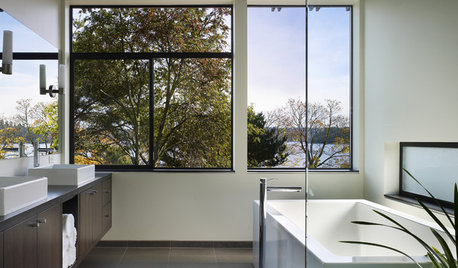
BATHROOM DESIGNGreen and Clean: Ventilate for a Healthy Bathroom
Ridding your bathroom of excess moisture is vital for indoor air quality. Here's how to do it best
Full Story
MATERIALSInsulation Basics: What to Know About Spray Foam
Learn what exactly spray foam is, the pros and cons of using it and why you shouldn’t mess around with installation
Full Story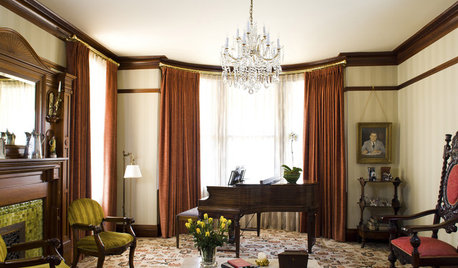
GREAT HOME PROJECTSHow to Bring Out Your Home’s Character With Trim
New project for a new year: Add moldings and baseboards to enhance architectural style and create visual interest
Full Story
HOUSEPLANTSMeet a Palm That's Fine With Fluorescent Light
Get the look of the tropics without the full-on sun and high humidity — parlor palm tolerates regular indoor conditions with aplomb
Full Story
GARDENING GUIDES10 Top Native Plants for the U.S. Southeast
For a low-maintenance and wildlife-friendly landscape, use Southern natives that withstand heat and humidity
Full Story
GARDENING GUIDESGreat Design Plant: Autumn Sage Brings Color and Butterflies
Whether you live in the arid desert or the humid South, you'll likely find this deer-resistant beauty as irresistible as winged creatures do
Full Story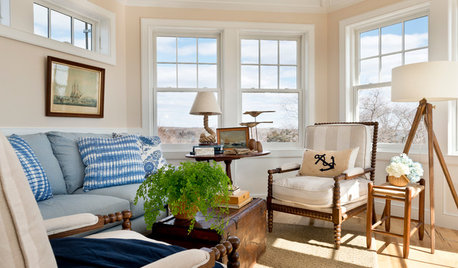
HOUSEPLANTSMaidenhair Fern Brings Lacy Grace to a Room
Give this houseplant damsel lots of water and humidity, and a happy ending can be enjoyed by all
Full Story
FUN HOUZZ31 True Tales of Remodeling Gone Wild
Drugs, sex, excess — the home design industry is rife with stories that will blow your mind, or at least leave you scratching your head
Full Story
DECORATING GUIDESMore Is More: The 10 Tenets of Maximalist Style
Ready to join the school of over-the-top design? Learn how to embrace excess in your interiors
Full Story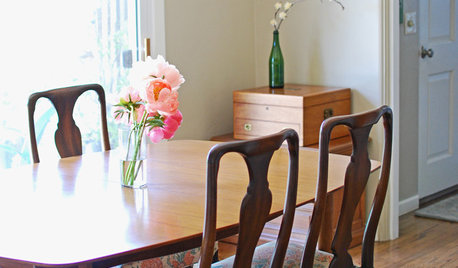
HOW TO PHOTOGRAPH YOUR HOUSETake Better Photographs of Your House in a Snap
Let your home show its true colors with these tips for photographing with the right camera settings, lighting and more
Full StoryMore Discussions






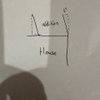
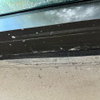
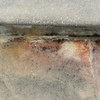
sniffdog